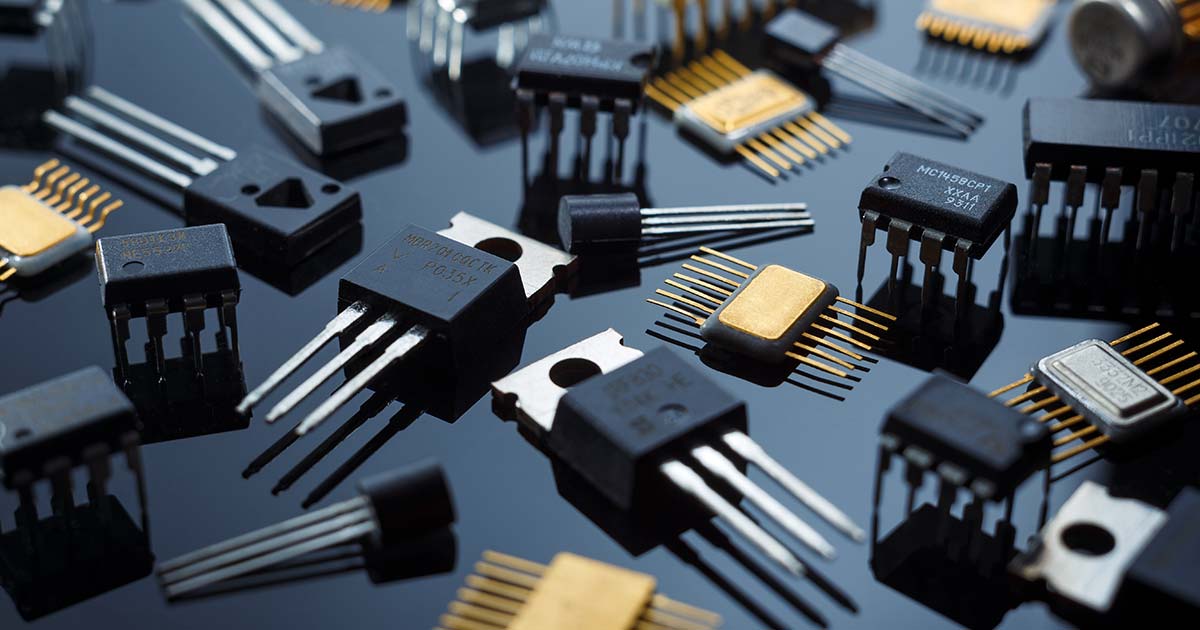papaisou11
Member level 2

The above circuit I made to switch on a CFL bulb of 14 Watt at 220VAC. My problem is, it is not turning on. As per the datasheet there is no snubber required for 2A of load.
Well, I have changed the R1 value upto 100 ohms, tried 33 ohms also.
However, whenever I am testing the Triac gate AC voltage using a multimeter, the CFL bulb blink once. It is only happening when I connect the positive lead of the multimeter in the gate, and the negative lead is connected in neutral.
My load is connected in series with the X1-1 with neutral, the X1-2 is connected with a HOT line.
Any help is highly appreciated. Where I have done wrong? Any suggestion?




